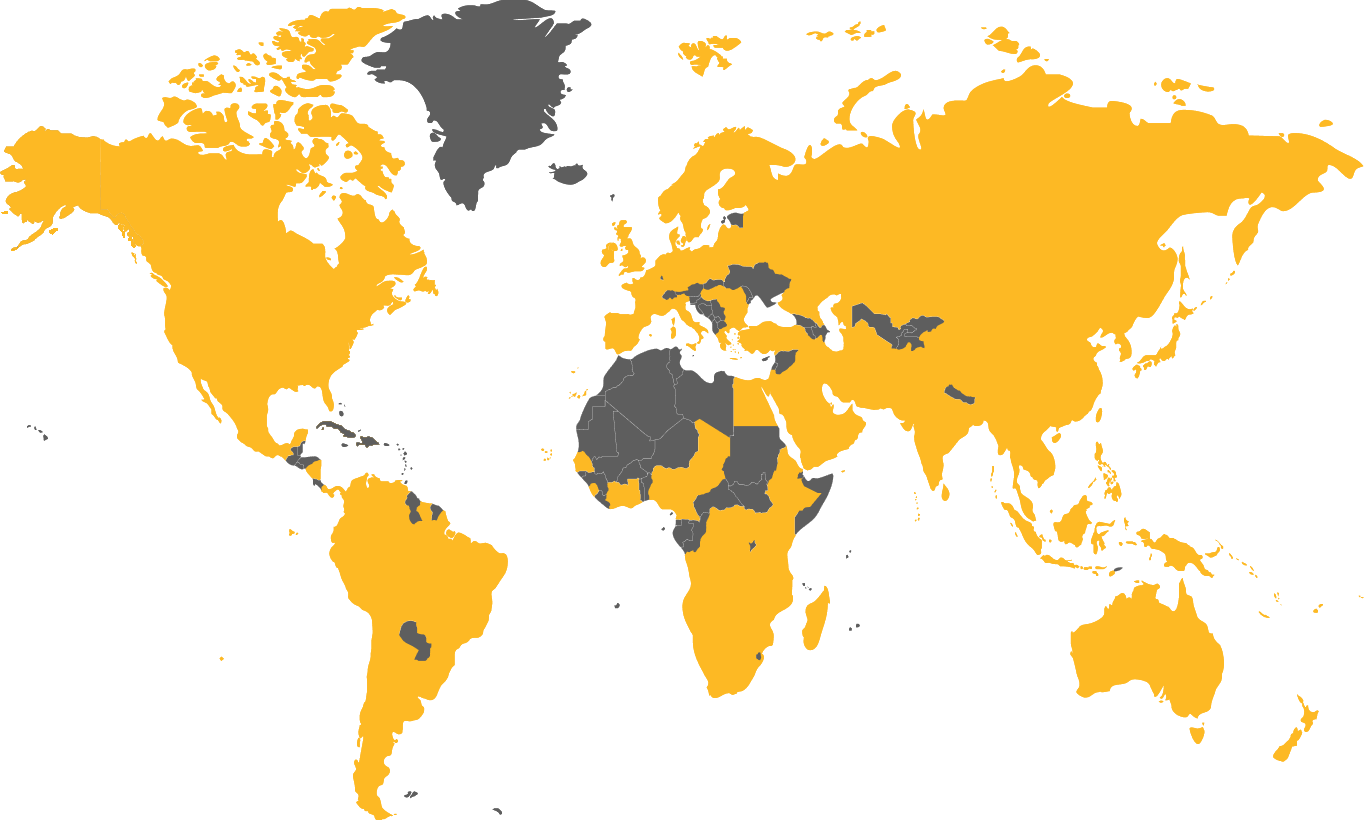Welcome to Tech Tips, your go-to resource for valuable insights and knowledge on various technological subjects. In this edition, we will explore the importance of the ‘DVS Technical Codes on Plastics Joining Technologies’ when it comes to fabricating HDPE pipe spools. These codes, often considered a Bible of good practice and ideas, provide a wealth of information available in both hard-copy and digital formats. By familiarizing yourself with these codes, you can significantly enhance your skills-base and ensure high-quality HDPE pipe spool fabrication.
Understanding the DVS Technical Codes on Plastics Joining Technologies
The ‘DVS Technical Codes on Plastics Joining Technologies’ is an extensive collection of guidelines and standards developed by the German Welding Society (DVS). This comprehensive resource covers various aspects of joining different materials, with a particular focus on plastics. Whether you are involved in butt, socket, or extrusion welding of HDPE and other materials, or even tank production and sheet welding, there is valuable information in these codes for you.
Enhancing HDPE Pipe Spool Fabrication
HDPE (High-Density Polyethylene) is a versatile material widely used in various industries due to its excellent properties such as high strength, chemical resistance, and durability. When fabricating HDPE pipe spools, it is crucial to adhere to industry standards and best practices to ensure reliable and long-lasting results. The DVS Technical Codes provide essential guidance on the following key areas:
a. Welding Techniques:
The codes provide detailed information on various welding techniques suitable for HDPE pipe spools, including butt, socket, and extrusion welding. By following the recommended procedures and parameters, you can achieve strong and leak-proof joints, ensuring the integrity of the spools.
b. Material Selection:
Choosing the right HDPE material for pipe spool fabrication is crucial for achieving optimal performance. The DVS codes offer guidance on material selection, including considerations such as grade, molecular weight, and melt flow index. Understanding these factors helps you choose the most suitable material for your specific application.
c. Quality Control:
Maintaining quality control throughout the fabrication process is vital to ensure the reliability and durability of HDPE pipe spools. The DVS codes outline quality control measures such as visual inspection, non-destructive testing, and dimensional checks. By implementing these practices, you can detect and address any defects or deviations promptly.
Benefits of Using DVS Technical Codes
Incorporating the DVS Technical Codes into your HDPE pipe spool fabrication process offers several benefits:
a. Industry Compliance:
Following the codes ensures that your fabrication practices align with recognized industry standards. This not only enhances the credibility of your work but also helps you meet regulatory requirements and project specifications.
b. Improved Efficiency:
The codes provide standardized procedures and recommended parameters, enabling you to streamline your fabrication process. This can lead to improved efficiency, reduced rework, and enhanced productivity.
c. Knowledge Enhancement:
By studying the DVS codes, you expand your knowledge base and gain valuable insights into the latest advancements and best practices in HDPE pipe spool fabrication. This knowledge can be applied to tackle challenges, improve techniques, and innovate in your field.
Conclusion
Incorporating the ‘DVS Technical Codes on Plastics Joining Technologies’ into your HDPE pipe spool fabrication process is a valuable step towards ensuring high-quality results. By following the guidelines and standards outlined in these codes, you can enhance your skills-base, achieve reliable joints, and meet industry requirements. Embrace the wisdom offered by the DVS codes, and elevate your HDPE pipe spool fabrication to new heights of excellence.






